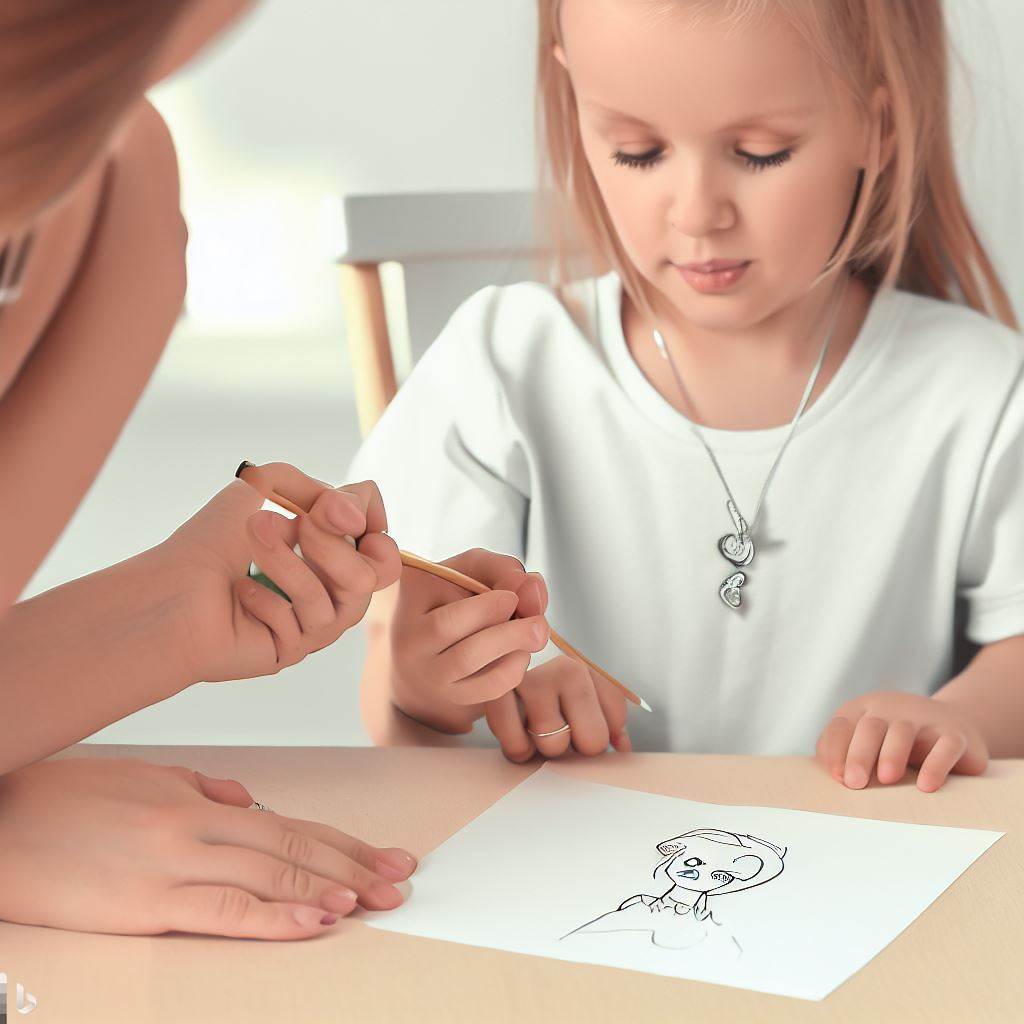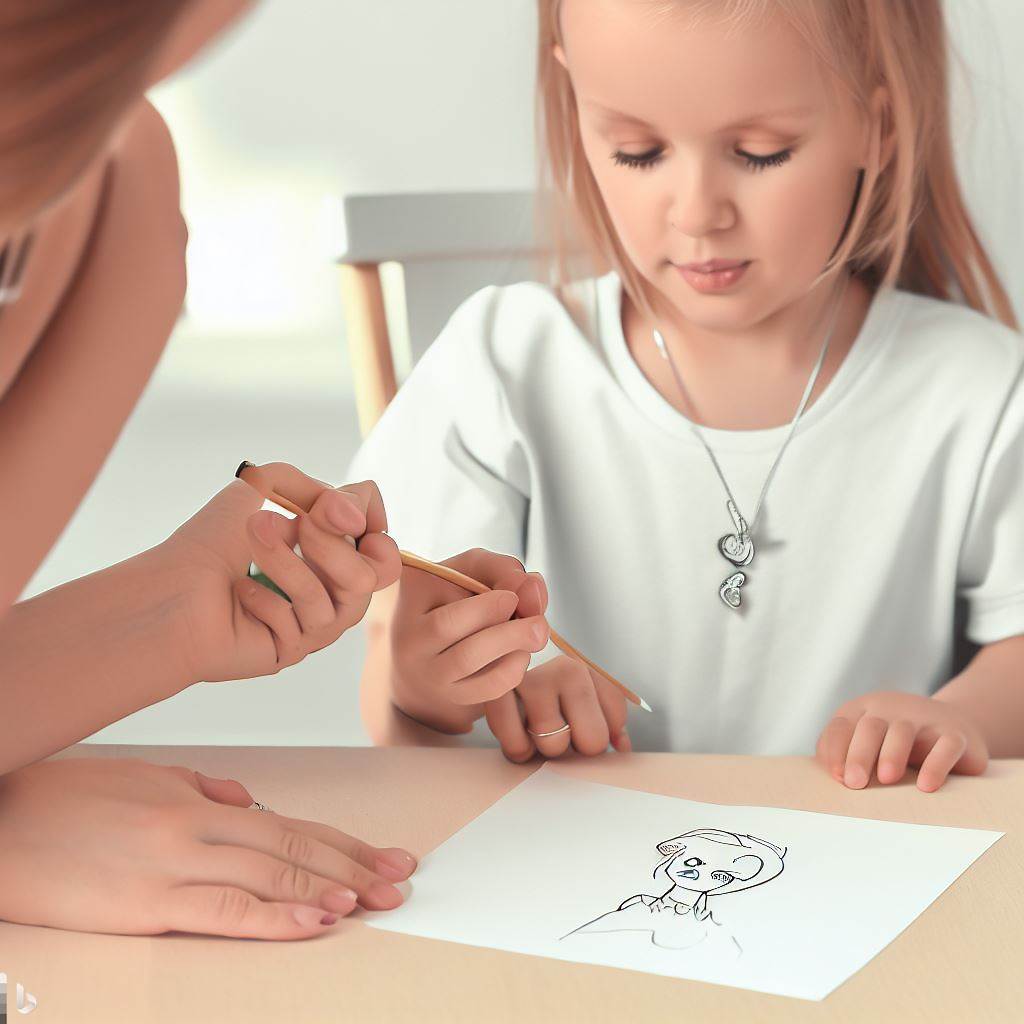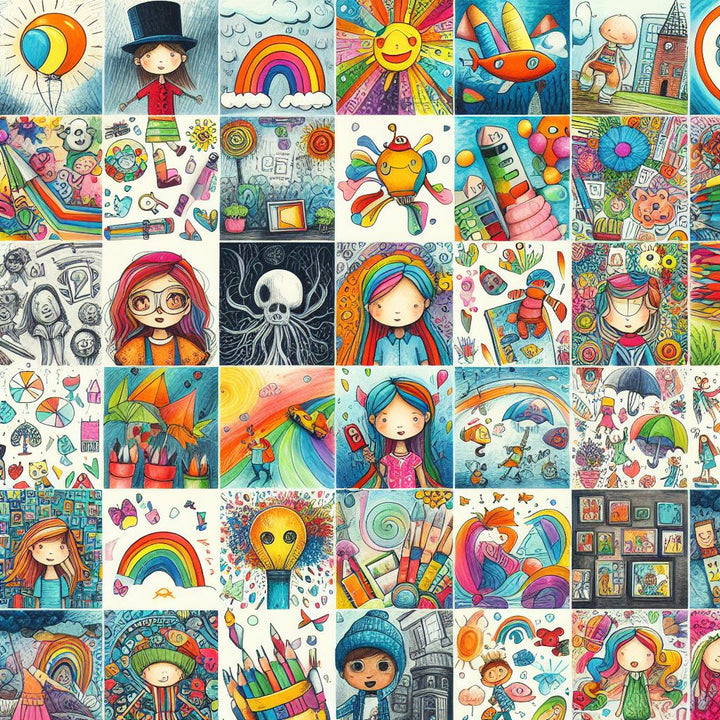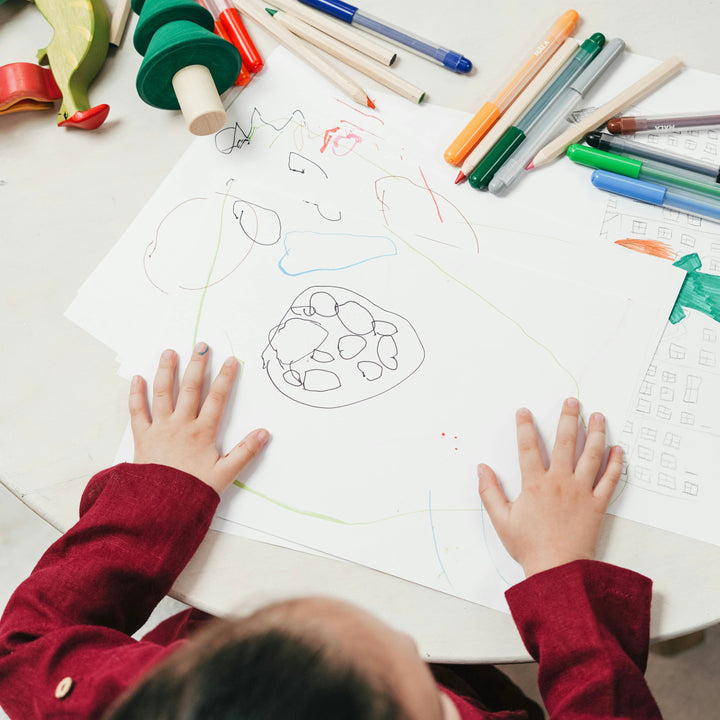Drawing is a fundamental activity that has captivated children for centuries. It is not merely a form of entertainment but also a powerful tool for nurturing creativity, cognitive development, and self-expression. In this blog post, we will explore the incredible benefits that drawing offers to children and why it is crucial to encourage and support their artistic endeavors.
If you like this article, make sure you also check my other blog posts:
- Displaying Children's Drawings: the Ultimate Guide for 2023
- Hand Tracing: the Complete Guide for 2023
Enhancing Fine Motor Skills and Hand-Eye Coordination
Drawing provides an excellent opportunity for children to refine their fine motor skills and hand-eye coordination. As they hold and manipulate a pencil or crayon, their fingers, wrists, and hands gradually gain strength and dexterity. This enhanced control over their movements lays the foundation for future activities such as writing, typing, and playing musical instruments.
Fostering Creativity and Imagination
Drawing stimulates the imagination and encourages children to think creatively. It allows them to bring their unique ideas to life on paper, creating a tangible representation of their thoughts. Whether it's a whimsical creature, a futuristic spaceship, or an imaginative landscape, drawing empowers children to explore their wildest ideas, fostering their creative thinking abilities.
Developing Visual-Spatial Skills
Engaging in drawing activities helps children develop crucial visual-spatial skills. They learn to analyze and understand the relationships between shapes, sizes, and proportions. Drawing objects from different perspectives and experimenting with depth perception trains their brains to think spatially and visualize objects in three dimensions. These skills are vital for subjects such as mathematics and science.
Enhancing Problem-Solving and Critical Thinking
Drawing requires children to make decisions, solve problems, and think critically. From selecting colors to planning compositions, they learn to make choices and evaluate the outcomes. When faced with challenges, such as drawing complex objects or figuring out proportions, children develop problem-solving skills and perseverance. These abilities extend beyond art and prove valuable in all areas of life.Boosting Emotional Expression and Self-Confidence
Artistic expression through drawing provides children with a means to express their emotions, thoughts, and experiences that may be challenging to put into words. It acts as a creative outlet, allowing them to communicate and process their feelings. Furthermore, when children see their drawings appreciated and valued by others, it bolsters their self-confidence and self-esteem.Encouraging Focus and Concentration
Drawing requires sustained attention, focus, and concentration. As children immerse themselves in their artwork, they learn to block out distractions and stay engaged in the task at hand. This practice of sustained focus can translate to other areas of their lives, improving academic performance and everyday tasks that demand concentration.Conclusion
Drawing plays a pivotal role in a child's development, nurturing creativity, cognitive abilities, and emotional well-being. By providing children with opportunities to draw and explore their artistic talents, we can empower them to thrive academically and personally. Let's encourage and support their love for drawing, as it is not only a delightful pastime but also a powerful tool for their overall growth and development.
If you want to make your children's drawings timeless, don't forget to check out our Forever necklaces, bracelets and keychains.






